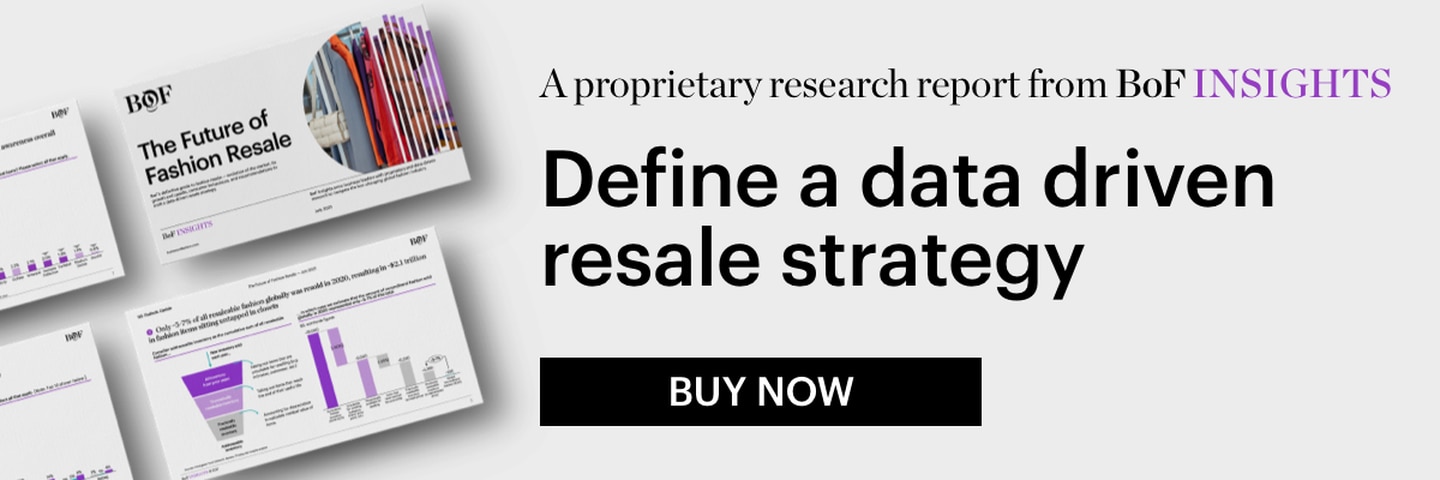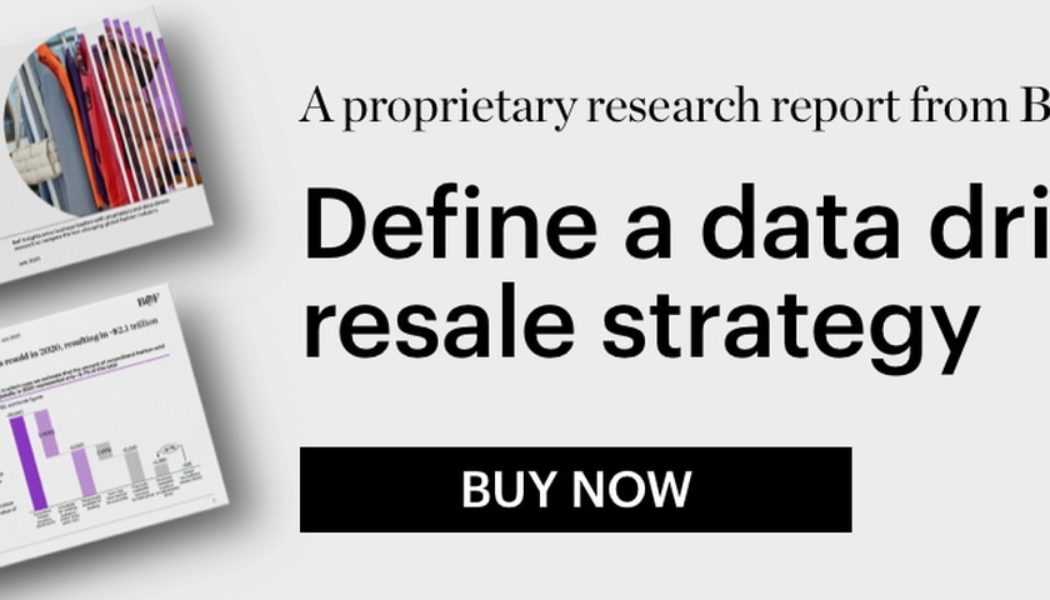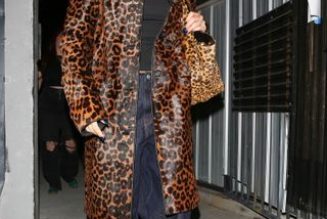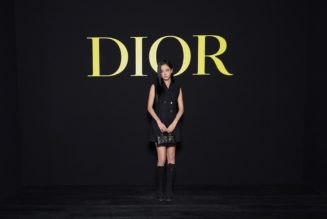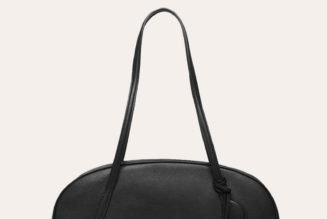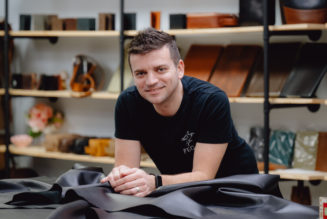Secondhand luxury holds promise. Consumers have accumulated significant volumes of luxury goods in their wardrobes, some of which are hardly used. Giving these products a new life on the secondary market provides sellers with cash and gives a wider segment of consumers the opportunity to buy into luxury brands they could not otherwise afford. Over time, the secondary market for luxury goods could mature into something more structured, similar to what we have in cars.
But there are several key challenges that must be overcome.
Authenticity is a problem. Making sure secondhand luxury goods brought to the market are real is labour-intensive and fraught with scope for error. No secondhand player today can offer a 100 percent guarantee that what we buy is always authentic. At best, they can insure us against buying counterfeits.
Profitability is also a challenge. Managing secondhand inventory is also labour intensive and therefore costly. Attracting a critical mass of sellers and buyers — in order to produce a significant enough “network effect” — is also expensive. Secondhand pioneers are finding that low touch inventory management processes and a razor thin cost structure are essential to survival.
Furthermore, commitment from brands remains elusive. Secondhand luxury demand is highly concentrated on a handful of mega-brands which have no interest in making their styles more visible by providing means for consumers to reduce inventory in their closets. In fact, one of the ways mega-brands have kept ubiquity at bay while growing revenues is by getting the same customers to buy more and more. (Consumers can only use one bag at a time, so brands have been able to move more units while keeping them out of circulation by selling more pieces to existing customers).
Additionally, commitment from luxury clients is unclear. While it seems obvious that consumers want to buy coveted luxury goods products at a discount to their retail price, it is less sure that those who buy iconic luxury products at full price are keen to sell large volumes of their purchases at a loss.
Today, the secondhand luxury market gets a boost from professional traders. In such circumstances, secondhand can be profitable for the brands involved. Take the example of Privé Porter, the world’s largest reseller of Hermès bags. It’s a known fact that Hermès sales associates ask “inner circle” customers to buy other Hermès products to qualify for the chance to buy a Birkin or Kelly bag. Of course, among this “inner circle” are many canny traders who can afford to dress in head-to-toe Hermès and make some money on top from buying and reselling bags to clients with little patience.
In certain product categories, the prevalence of wholesale also supports second-hand sales. Who is uploading unworn watches with their original boxes and certificates to the resale site Chrono24? Definitely not brands or repentant consumers; it is multi-brand retailers which hope to monetise slow moving inventory they mistakenly bought (or were forced to buy). The rise of Chrono24 has brought an unprecedented level of transparency to the watch market, exposing the fact that some products, brand new, never worn, are selling for 30 percent off. This window will close, though, as leading watch brands, a few steps behind soft luxury brands, reduce wholesale exposure.
Thus far, brand participation in the secondary market has been limited. Many soft luxury brands have announced their interest in secondhand, but, in most cases, what they have done is to use the secondhand market to offload unsold products at the end of the season as an alternative to off-price channels — our field research points to Gucci, as one prominent example.
Other brands like Rolex (with Bucherer) seem to have embraced certified pre-owned as a way to limit demand spillover to competitors as they suffer persistent capacity constraints. This makes sense to all involved, as in these conditions certified pre-owned sells above the new recommended retail price.
Yet, the emergence of a small secondhand market benefits mega-brands. In fact, the emergence of the secondhand market further reinforces category consolidation and mega-brand concentration, as it provides instantaneous and transparent evidence of which brands hold value and which don’t. This is bound to push middle class consumers — which we consider as most conservative, as they have a limited number of luxury purchases they can afford — to converge even more to “sure fire” brands.
Many specialist resale players have failed to impress. It is not surprising that secondhand businesses jumping into the market with a mix of lofty ambitions, no clear cost operations strategy and no obvious trading angle have failed spectacularly. The Real Real is a case in point. Vestiaire Collective, run with hard-nosed cost and process efficiency, has better prospects.
Technology could help. The adoption of common blockchain standards in association with RFID could help solve resale’s’ authenticity problem. We are seeing the industry’s first steps in this direction with the recently launched Aura Blockchain Consortium, in which LVMH, Prada and Cartier participate. A rapid U-turn on secondhand is unlikely, however: LVMH chief Bernard Arnault has made it clear that his company’s priority is selling new products, not used ones.
